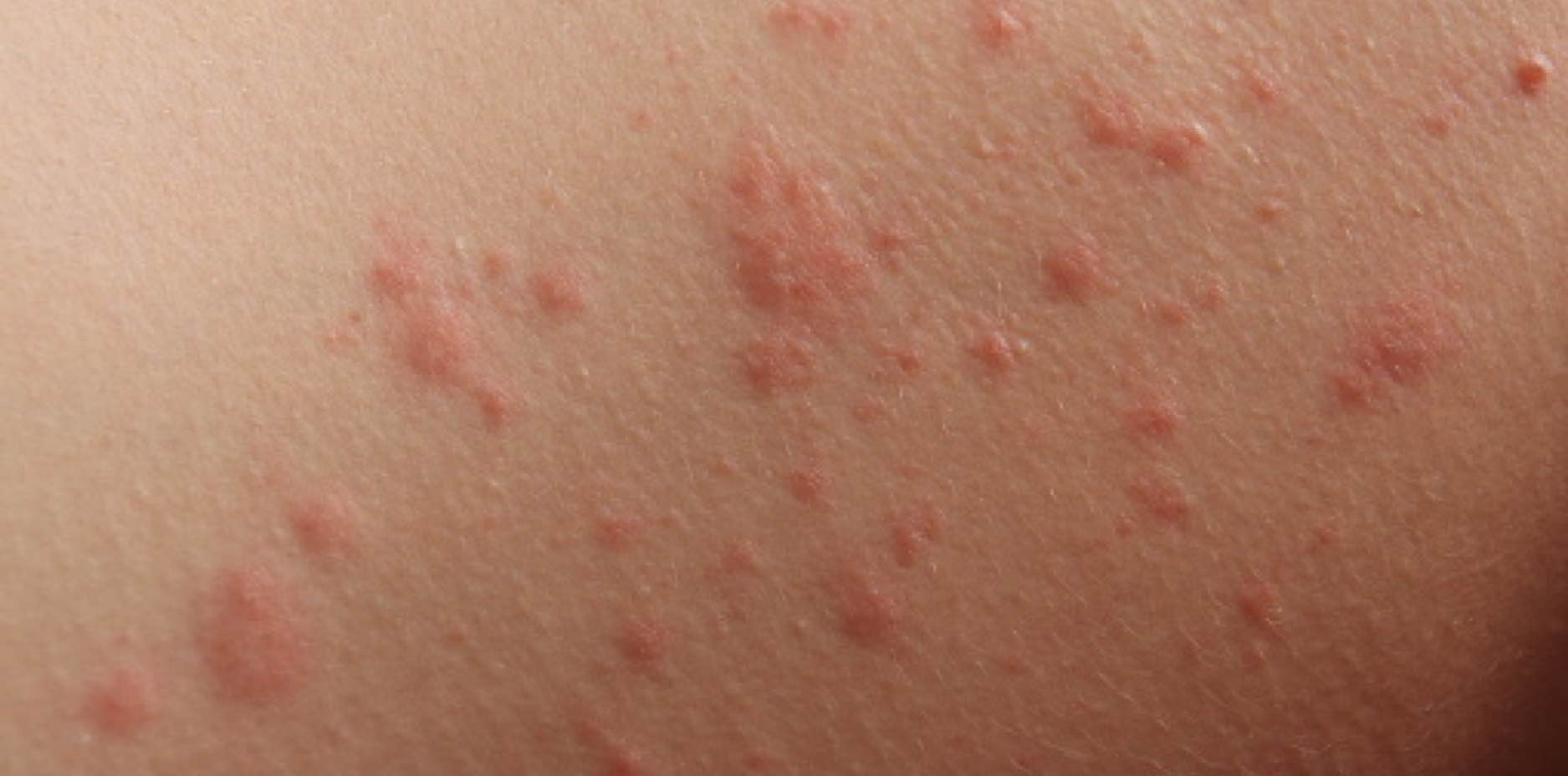Why do I get chlorine rash after swimming?
As the temperatures rise, kids and adults alike flock to swimming pools to beat the heat. Whether the swimming pool you’re dipping into is big or small, public or private, heated or unheated; all pools have one thing in common – copious amounts of chlorine.
While chlorine is a must for killing potentially dangerous algae and bacteria (E. coli anyone?), it can also wreak havoc on your skin. From red and inflamed patches to scaly and crusty lesions, chlorine rashes can range from uncomfortable to downright painful.
Fear not. It is possible to salvage both your aquatic dreams and skin. Keep reading to learn more about this common pool-related skin condition.
What does chlorine do to my skin?
If a day at the pool leaves your skin feeling tight and itchy, you’re not alone. Chlorine is a chemical that’s widely used to kill bacteria and germs in water. It’s also naturally-derived from salt—which dries out skin. While essential to preventing water-borne illnesses and infections, chlorine can damage the outer layers of skin and result in uncomfortable symptoms.
Chlorine-related skin symptoms
- Rashes
- Swelling and inflammation
- Dryness and flakiness
- Worsening of existing skin conditions like eczema and psoriasis
If you—or your little one—spend time at the pool, it’s possible that you could develop an uncomfortable condition commonly known as chlorine rash or swimming pool rash.
Am I allergic to chlorine?
In addition to breaking out in skin rashes, people who have a chlorine sensitivity may experience other uncomfortable symptoms. For example, does a plunge in the pool make your eyes water and leave you a wheezing, sneezing and coughing mess? If so, you may wonder if you’re having an allergic reaction. Do I have a chlorine allergy? In short, the answer is no.
While you can be sensitive to chlorine, more serious allergy-like symptoms that are triggered by exposure to chlorine may actually be a sign of asthma or exercise-induced bronchoconstriction (EIB). If you notice allergy-like symptoms after swimming in chlorinated water, it’s a good idea to talk to a medical provider who can prescribe an asthma medication.
What is chlorine rash and what does it look like?
While often referred to as simply chlorine or pool rash, a rash caused by chlorine exposure is a type of irritant contact dermatitis, similar to a skin reaction caused by poison ivy or poison oak. When skin comes into contact with chlorine, it can become sensitive resulting in a reaction that’s sort of like a chemical burn. Related symptoms can range from small and raised bumps to large, swollen and painful blisters.

Chlorine rash treatment
For those whose skin is sensitive to chlorine, symptoms like an itchy skin rash tend to get worse with repeated exposure. Thankfully, chlorine rash isn’t contagious, and symptoms should clear up after a few days. Taking the following steps can help treat chlorine rash and provide quick relief from related symptoms.
Chlorine rash treatment tips
- Take a shower – Remove all traces of chlorine from skin by showering immediately after exiting the pool. Use a mild soap or special chlorine removal body wash, rinse with warm water and gently pat skin dry.
- Use a moisturizer – Relieve dry skin, restore moisture and help repair skin by applying a gentle and hypoallergenic lotion or cream.
- Quiet inflamed and itchy skin – Take an over-the-counter oral antihistamine to relieve itching and apply an over-the-counter 1% hydrocortisone cream to calm inflammation.
If your chlorine rash doesn’t go away, is painful or spreads; it’s a good idea to seek advice from a medical provider. A medical professional will be able to determine if you may have a more serious skin condition and need a stronger prescription medication or an infection that requires an antibiotic.
How chlorine affects eczema and psoriasis
People with skin conditions like eczema and psoriasis may wonder how chlorine will affect their skin. The good news is that, in most cases, swimming is fine if you have eczema or psoriasis. The exception is if you are actively experiencing a flare-up or have open sores or lesions.
With both eczema and psoriasis, it’s also important to ensure you rinse chlorine from your skin after swimming and follow-up with a gentle moisturizer. If you find that chlorinated pools exacerbate your skin condition, it’s best to skip chlorinated pools altogether and opt for a fresh water option.
How to protect skin from chlorine
There’s no sure way to completely prevent chlorine rash — especially if you have sensitive skin or an underlying skin condition — however, there are steps you can take to reduce your risks.
Chlorine rash prevention tips
- Limit exposure – Contact dermatitis conditions like chlorine rash tend to get worse with repeated and/or prolonged exposure. Therefore, reducing the number of hours and days you spend in the pool can help keep skin calm and happy.
- Build a barrier – Applying a thin layer of Vaseline or Aquaphor ointment provides a barrier and helps protect skin from chlorine and other irritants.
- Listen to your nose – If a whiff of your local chlorinated pool water burns your nose hairs, just think of what that water may do to your skin.
- Change and wash up – Change out of your wet swimsuit and wash off your skin promptly after exiting the pool. Remember to follow up with a gentle moisturizer.
Take care of your skin
An afternoon at the swimming pool is an excellent way to cool off, get exercise and have fun. Unfortunately, it can also leave your skin feeling itchy, rashy and miserable. Knowing how to protect and care for chlorine-coated skin can help you avoid bouts of dermatitis so you can keep having fun while channeling your inner Michael Phelps.
Share this post
Do you know someone who could use a simple & affordable healthcare option?

